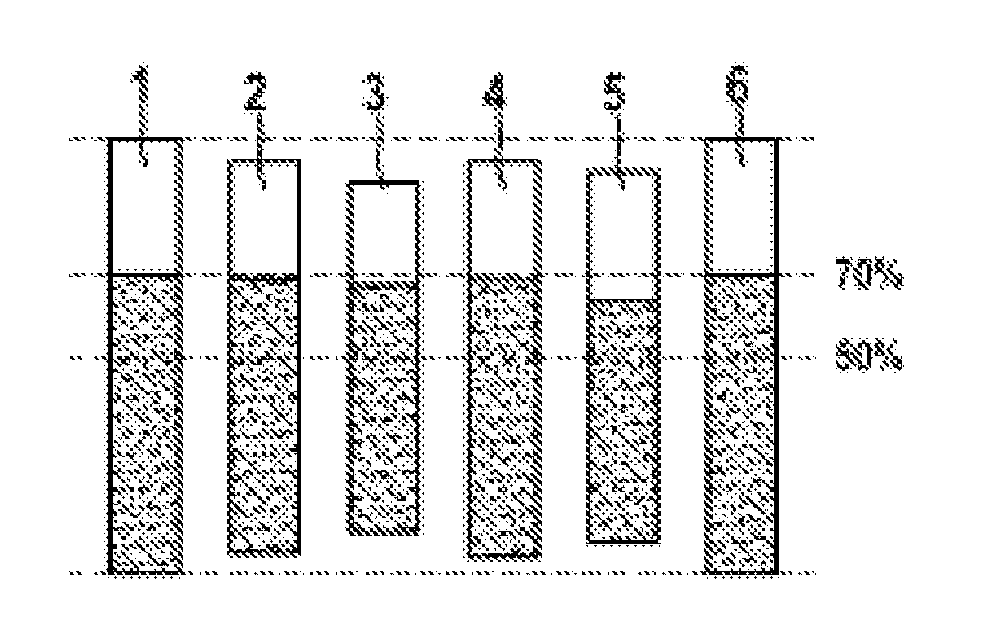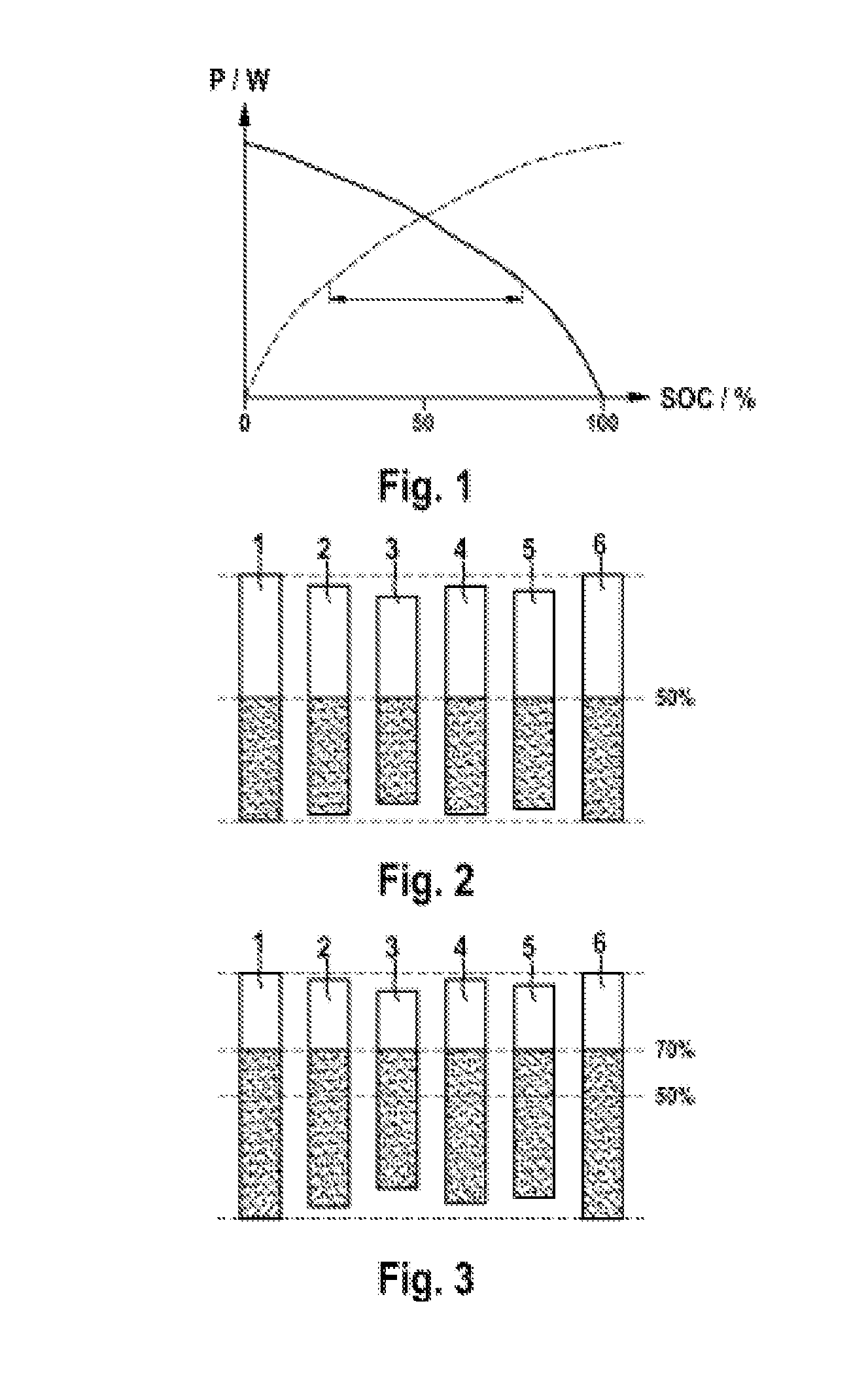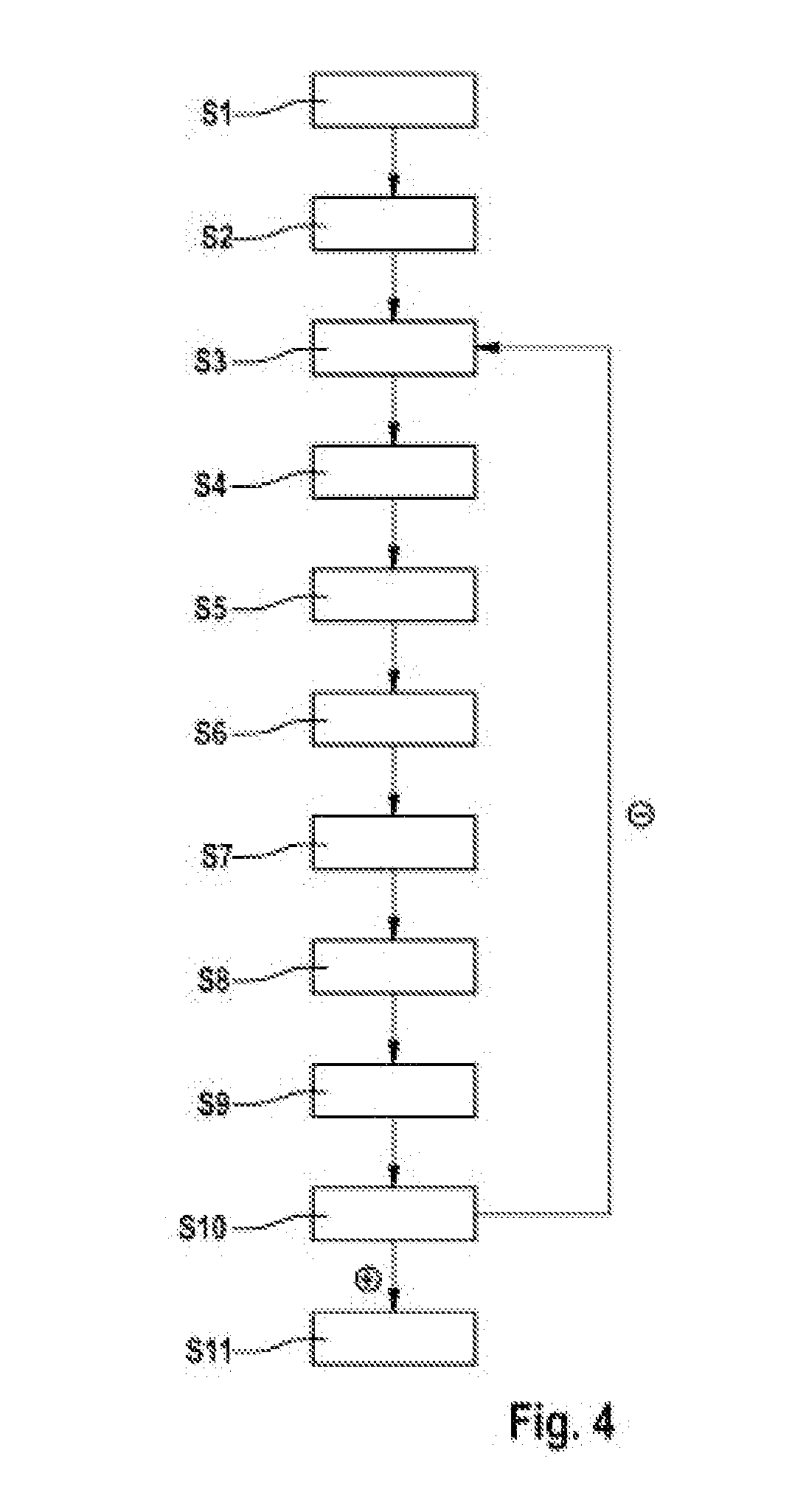Method for Balancing States of Charge of a Battery having a Plurality of Battery Cells as well as a Corresponding Battery Management System and a Battery
a technology of battery management system and state of charge, which is applied in the direction of secondary cell servicing/maintenance, electrochemical generators, transportation and packaging, etc., can solve the problems of low capacity limit the overall charge of the pack, the difference can increase further, and the entire battery to fail, so as to reduce the duration of balancing and optimize the efficiency of the target charge state , the effect of reducing energy loss
- Summary
- Abstract
- Description
- Claims
- Application Information
AI Technical Summary
Benefits of technology
Problems solved by technology
Method used
Image
Examples
Embodiment Construction
[0025]The present invention relates to a method for balancing the states of charge of individual cells of a battery or of a battery pack, in particular of an Li-ion battery of an Li-ion battery pack.
[0026]FIG. 1 is a schematic view of the relationship between the state of charge and the charge power or discharge power for electrochemical cells. In FIG. 1, the state of charge SOC is given as percentages on the X axis. The Y axis shows the power in watts. The dashed curve shows the discharge power, the continuous curve shows the charge power. The range which is illustrated represents the optimum operating range. It is apparent from FIG. 1 that the maximum permitted charge power decreases as the state of charge rises, while the maximum permitted discharge power increases. For this reason, an operating window about the 50% state of charge value is used in practice.
[0027]A contemporary balancing strategy of the prior art attempts to achieve a state of charge of all the cells which is alw...
PUM
 Login to View More
Login to View More Abstract
Description
Claims
Application Information
 Login to View More
Login to View More - R&D
- Intellectual Property
- Life Sciences
- Materials
- Tech Scout
- Unparalleled Data Quality
- Higher Quality Content
- 60% Fewer Hallucinations
Browse by: Latest US Patents, China's latest patents, Technical Efficacy Thesaurus, Application Domain, Technology Topic, Popular Technical Reports.
© 2025 PatSnap. All rights reserved.Legal|Privacy policy|Modern Slavery Act Transparency Statement|Sitemap|About US| Contact US: help@patsnap.com



